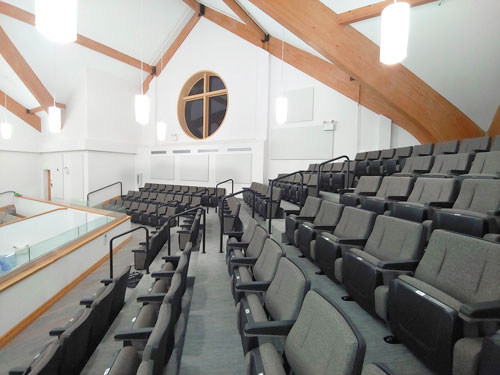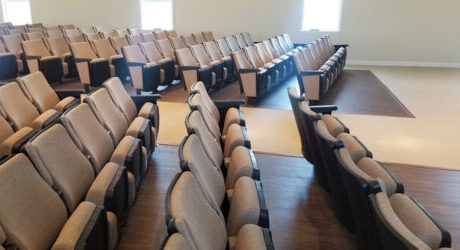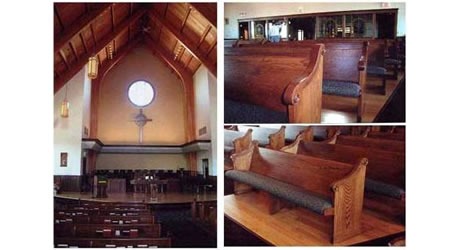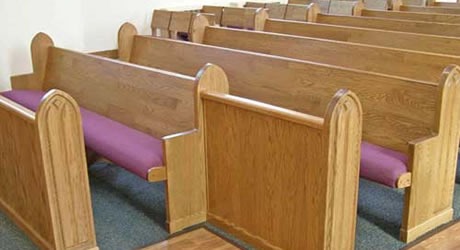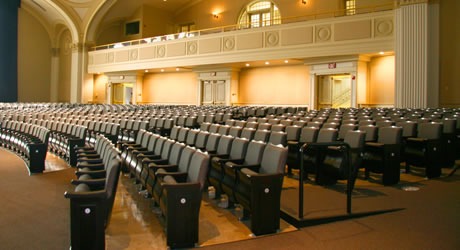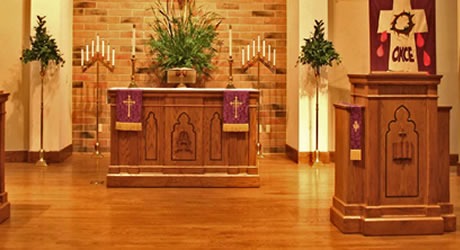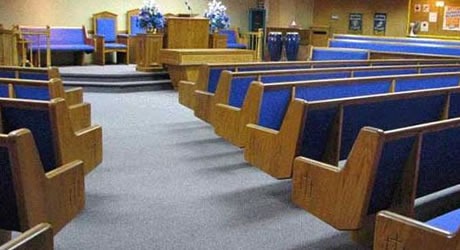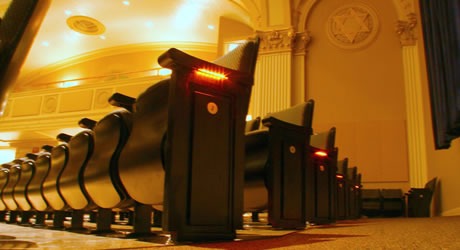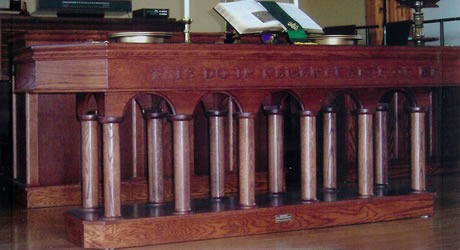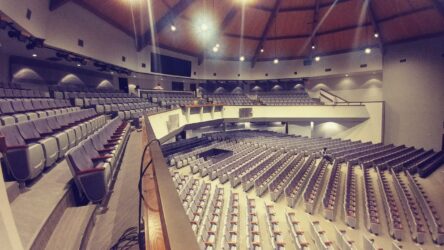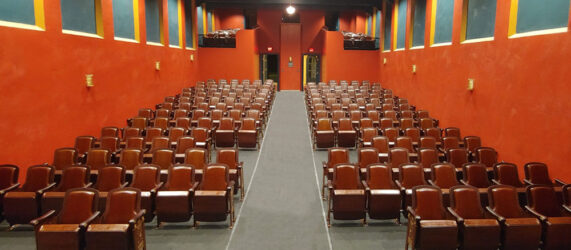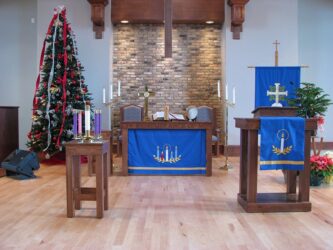An evolution of worship seating has gone through significant changes over the centuries, reflecting shifts in architectural styles, cultural norms, and religious practices. Here’s an overview of the major developments in church seats:
Early Christian Era
In the early centuries of Christianity, church gatherings often took place in private homes or simple meeting spaces. Seating arrangements were informal, with people sitting on the floor or on basic wooden benches. The focus was more on communal worship and participation rather than individual seating arrangements.
Byzantine Era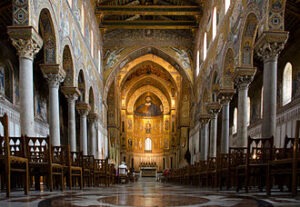
As Christianity became more established, church architecture evolved. Byzantine churches featured a centralized design with an emphasis on the altar. Seating in these churches was primarily limited to clergy, and the congregation would stand during worship.
Romanesque Era
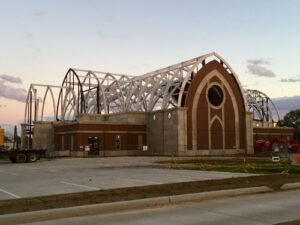 During the Romanesque period (10th-12th centuries), churches began to incorporate larger congregations. Stone benches or stone slabs were introduced along the walls of the nave, providing a place for the congregation to sit during services. These benches were often simple and lacked ornamentation.
During the Romanesque period (10th-12th centuries), churches began to incorporate larger congregations. Stone benches or stone slabs were introduced along the walls of the nave, providing a place for the congregation to sit during services. These benches were often simple and lacked ornamentation.
Gothic Era
 When Gothic architecture first began in the 12th century, church design became more elaborate. Seating arrangements included stone benches, often with carved decorations or elaborate misericords (small shelf-like supports beneath the seats). These benches were typically located in the choir area and along the sides.
When Gothic architecture first began in the 12th century, church design became more elaborate. Seating arrangements included stone benches, often with carved decorations or elaborate misericords (small shelf-like supports beneath the seats). These benches were typically located in the choir area and along the sides.
Renaissance Era
The Renaissance from 1400 to 1600’s brought about a renewed interest in classical architecture and a focus on individual comfort. Wooden pews became more common, especially in the choirs and along the nave. These pews were often richly carved and upholstered, reflecting the status and wealth of the parishioners.
Reformation and Protestantism
The Protestant Reformation in the 16th century led to significant changes in church seats. Protestant churches emphasized the importance of preaching and hearing the Word of God. Instead of traditional fixed seats, movable chairs or benches were introduced, allowing for flexibility in the arrangement of the worship space.
Victorian Era
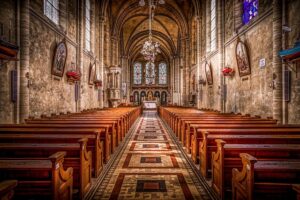 In the 19th century, the Victorian era saw a revival of Gothic architecture, and churches embraced the concept of the “church pew.” Some pews were made of quality wood and were arranged in neat rows, with a central aisle. Pews were assigned to families or individuals, and social class distinctions could be reflected in their placement within the church.
In the 19th century, the Victorian era saw a revival of Gothic architecture, and churches embraced the concept of the “church pew.” Some pews were made of quality wood and were arranged in neat rows, with a central aisle. Pews were assigned to families or individuals, and social class distinctions could be reflected in their placement within the church.
Modern Era
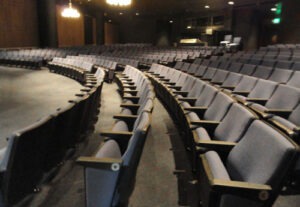 In the 20th century, there was a shift towards more flexible seating arrangements in churches. Chairs replaced fixed pews in many worship spaces, allowing for greater adaptability and the reconfiguration of the space for different activities. This trend continues today, with many churches opting for movable seating options to accommodate various worship styles and community events.
In the 20th century, there was a shift towards more flexible seating arrangements in churches. Chairs replaced fixed pews in many worship spaces, allowing for greater adaptability and the reconfiguration of the space for different activities. This trend continues today, with many churches opting for movable seating options to accommodate various worship styles and community events.
It’s important to note that the evolution of church seats can vary across different regions, denominations, and architectural styles. Local customs and traditions also influence the seating arrangements within specific churches.



